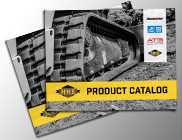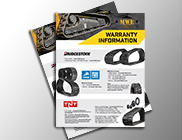Jobsite safety should be the number one priority for you and your crew. In this month’s issue of Construction Business Owner, the article 7 Critical Safety Considerations for Compact Equipment outline what every person operating equipment this summer needs to know before they get behind the controls.
Here’s a brief overview:
1: Know the basis of operating procedures: Inexperienced operators need guidance — give the training they need.
2: Understand jobsite safety guidelines: Does everyone have a hardhat, the right boots, vest, etc.? Also, anyone operating your equipment should also spend a little time reading the operating manual.
3: Take the time to inspect the jobs: Before work begins, walk the job looking for obstacles, buried and overhead utilities.
4:Look for potential issues with the machine: Many problems with a machine can be avoided by simply performing a visual inspection every day.
5: Operate the machine safely: Wear your seatbelt, pay attention to the gauges and make sure the parking brake is set when exiting the machine. You get the idea.
6: Use the right attachment for the job: Accidents happen when a machine or attachment is pushed to the limit and not used how the manufacturer intended it to be.
7: Maintain the machine: Check your fluids, grease and make sure your undercarriage is clean. Also, be certain you’re got good tread on your tires or tracks.
If you want to learn more, head over to Construction Business Owner’s website.



